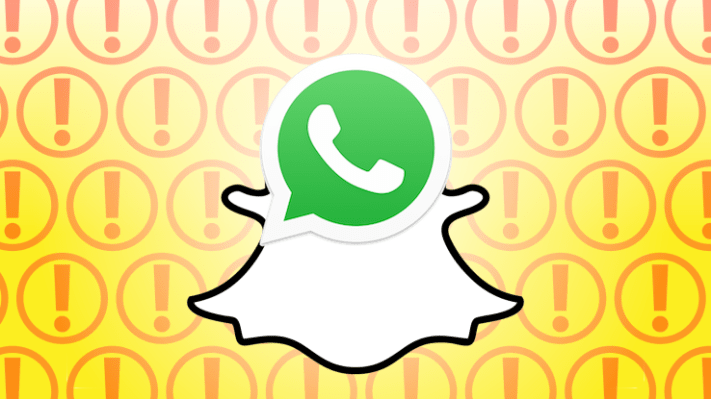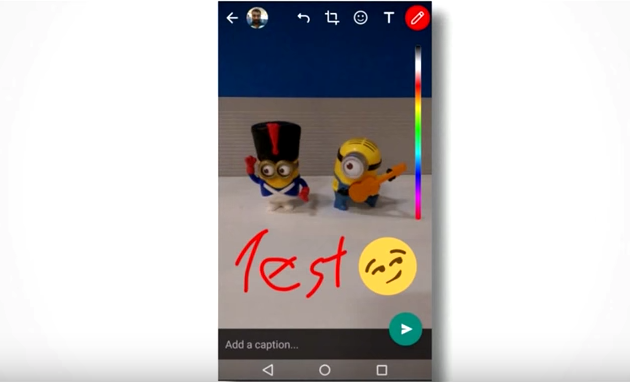Facebook-owned messaging app WhatsApp is experimenting with a new Status feature that lets users share mood-setting pictures and videos overlaid with other custom elements such as emoji, with the content disappearing 24 hours after it’s shared — so basically a copy of Snapchat Stories.
The test feature was spotted on Friday by BGR India which says Status sharing is only currently available to registered public beta testers of WhatsApp who are using a rooted Android or iOS device.
We’ve reached out to WhatsApp with questions and will update this story with any response.
In the Android version of the beta the main WhatsApp message screen now has a tab called ‘Status’, sitting between ‘Chats’ on the left and ‘Calls’ on the right. And while it’s always been possible to set a status message in WhatsApp, which is visible when someone views your profile, the new Status tab does not replace that traditional status message; rather it’s a whole additional channel aimed at encouraging users to share ephemeral and primarily visual content with their friends.
As with Snapchat Stories, once a user has snapped a photo or recorded a video to share within this channel they are offered a range of editing tools to augment the content — such as by drawing on a colorful scribble or adding and positioning emoji. Status also lets users add a caption to further explain whatever they’re posting. A send button shares the Status with the user’s WhatsApp contacts.
The beta app shares Status content for 24 hours, according to BGR, with no way for users to manually delete a Status after they’ve shared it at this point, nor set a longer (or shorter) lifespan for the content. Users are able to specify which of their contacts can receive Status updates — either by selecting a handful manually or choosing all and excluding a few manually (or indeed selecting all contacts to spam everyone with all Status content).
Snapchat launched its Stories ephemeral timeline three years ago, and the sharing feature has proved hugely popular — driving massive quantities of daily video views for Snapchat (it reported 10 billion daily video views as of this April). So it’s clear why Facebook is firing up its photocopiers.
And while it’s taken Zuck & co a while to respond directly to their rival’s ephemeral sharing format, they now seem intent on rolling out a clone of the feature across their social board — with Facebook-owned Instagram launching a near carbon copy feature, Instagram Stories, this summer; and a Stories clone called Messenger Day also being tested on Facebook Messenger this fall.
In recent times Facebook has been prioritizing video content, as part of a successful push to drive video ad revenue. So getting WhatsApp’s network of one billion+ active monthly users more accustomed to sharing visual content clearly feeds into that play. Especially after the Facebook-owned company announced a huge change to its privacy policy this summer — which implies it will start allowing businesses to show ads to users.
That’s a massive shift for a company that had, up to then, been firmly against having adverts on its platform. Which just leaves the question of how WhatsApp will integrate ads into its platform without annoying users. And so enter the new Status channel, looking like exactly the sort of conduit where businesses on the WhatsApp platform could start pushing out marketing missives to users who are connected with them.

